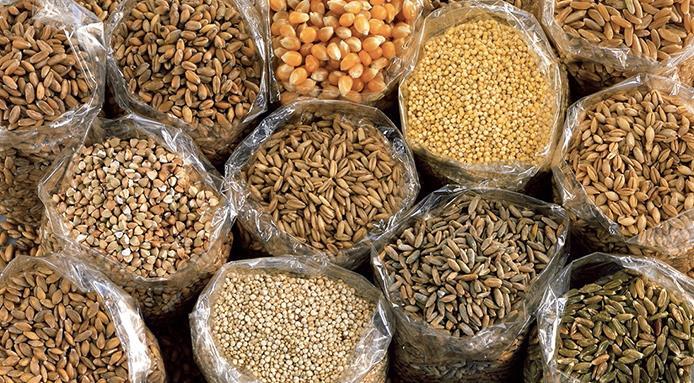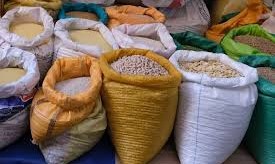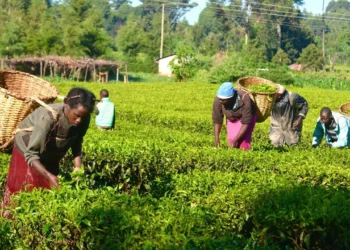Active seed varieties remain one of the cardinal pillars that Nigerian farmers can use to boost food production and a cornerstone of sustainable agriculture.
Although reviving dead seed varieties seems not to be in the forefront of the government policy directions to address food security but Nigerian farmers have lost a significant number of crop varieties over the years, leading to concerns about reduced genetic diversity and potential vulnerabilities in the food supply.
According to experts, dead seeds refer to those plant varieties that no longer exhibit the desired genetic traits due to various factors such as cross-pollination, genetic mutations and environmental changes.
Dead seed varieties have continued to plague farmers for years, resulting in decreased yields, compromised crop resilience, and economic losses. These varieties often fail to thrive in local environments, adversely affecting food production and economic losses of farming communities.
However, in recent years an innovative approach called Crop Genotype Monitoring has emerged as a promising solution to address the issue of dead seed varieties, a technique that holds the potential to revive dead seed varieties and revitalise agricultural ecosystems.
Crop genotype monitoring, often utilise advanced genomic technologies and allows researchers and farmers to identify and characterise the genetic makeup of plant varieties. The information gotten from the process can be used to resurrect old seed varieties that were once thought to be extinct. By analysing the genetic information stored in seed banks, herbaria, and historical records, scientists can reintroduce valuable traits and genetic diversity back into modern agricultural systems.
By regularly monitoring the genetic makeup of crops, dead seed varieties can be promptly identified. This enables farmers to take preventive measures such as crop rotation, implementing disease management strategies, and adopting appropriate breeding techniques to eliminate or reduce the occurrence of dead seeds.
Findings show that reviving dead seed varieties offers enormous benefits especially as it provides the raw material for plant breeding and the development of new varieties that can withstand changing environmental conditions, resist emerging pests and diseases and offer improved nutritional profiles.
Additionally, by comparing the genetic information with existing varieties, scientists can identify valuable genes and traits that may have been lost over time. This information can also serve as a blueprint for recreating these varieties through selective breeding or even genetic engineering, if necessary.
Federal Government Role In Reviving Dead Seed Varieties For Farmers
The onus again lies with the The National Agricultural Seeds Council (NASC) which has recently expressed confidence to address the continue use of dead seed varieties among farmers in Nigeria, using results from the national crop survey.
The acting director-general of NASC, Dr Ishiaku Khalid, stated this during the partners socialisation of the Institutionalising Monitoring of Variety Adoption using Genotyping, (IMAGE) preliminary results of the survey with stakeholders in Abuja.
According to him, the survey was conducted along four staple crops of rice, maize, cassava and cowpea aimed to establish, institutionalise and scale routine monitoring of improved crops variety adoption and turnover.
NASC aims to tackle the persistent challenge of dead seed varieties that have also hindered crop yield optimisation and sustainable farming practices across the nation by leveraging outcome of the genotyping survey to identify and eliminate these dead seed strains and replace them with resilient and high-yielding alternatives.
The DG said , “The council expect that the IMAGE project will provide insights and evidence for seed sector actors to enhance government agency capacity, improve stakeholder coordination and lead to better investment and resource allocation decisions for varietal development and commercialisation in Nigeria.
“A lot of investment has gone into seed and crop development particularly for the target crops, are this varieties in the hands of farmers, if they are dead, do farmers know that these varieties are dead?, so this survey will help researchers know what the farmers are doing and how they help the farmers to improve their seed system.”
Overall, the resurrection of dead seeds may hold the key to cultivating a more resilient and sustainable future for Nigeria’s agriculture and as stakeholders begin to embrace the era of precision agriculture, crop genotype monitoring holds immense potential to transform agriculture, increase yields, improve product quality and contribute to sustainable food production.





